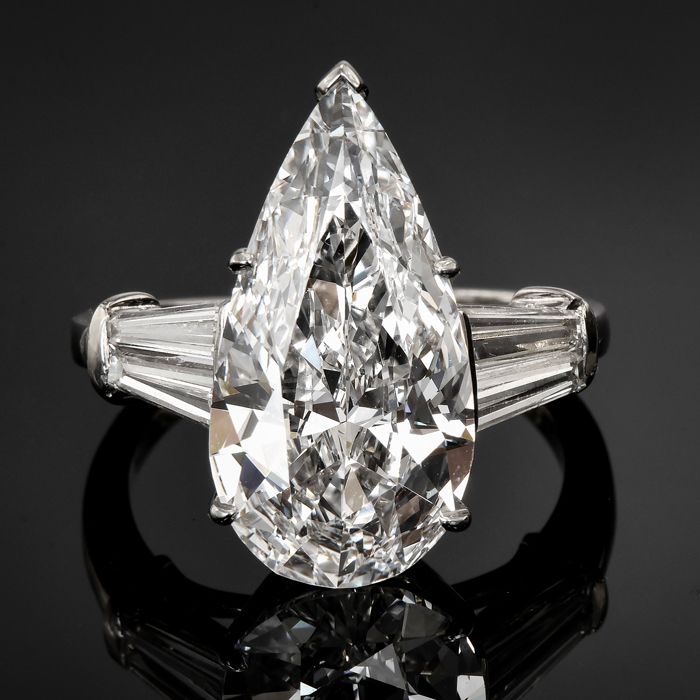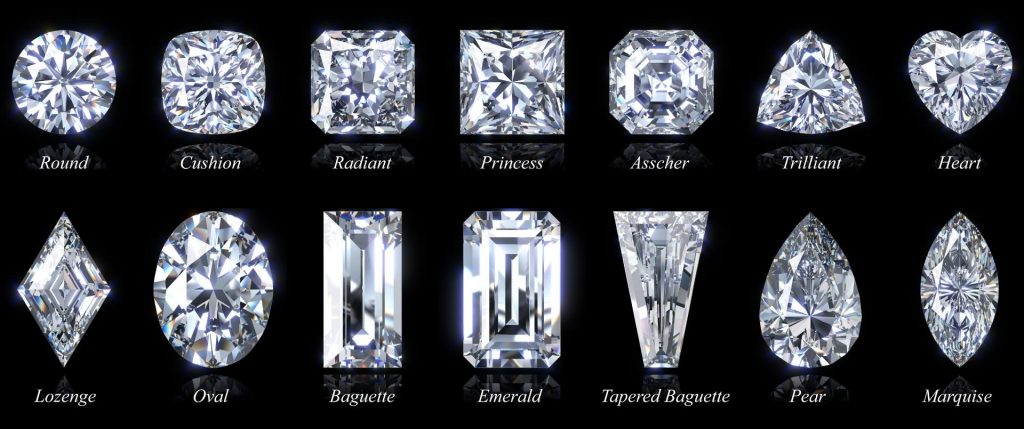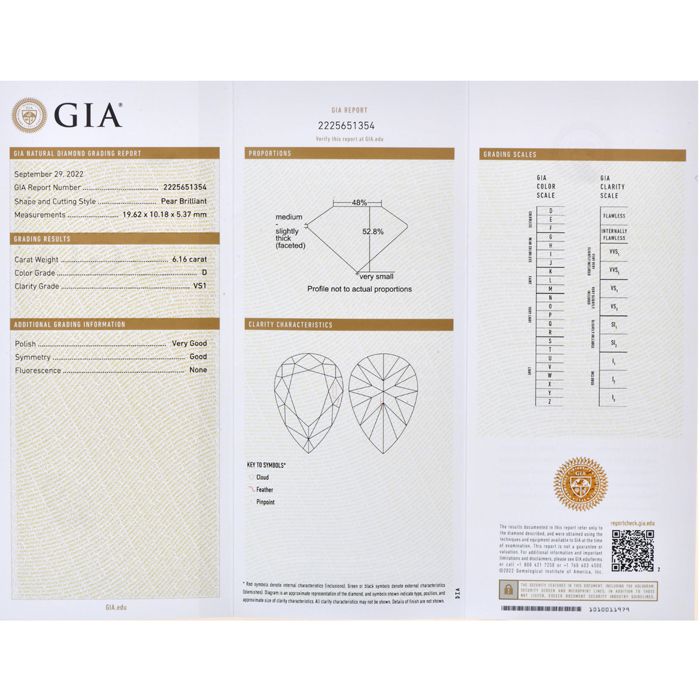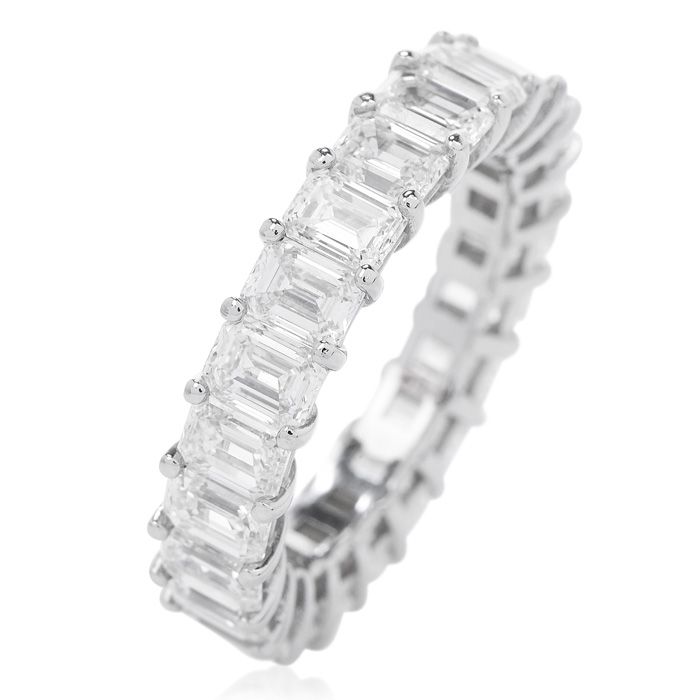
How to Find the Perfect Engagement Ring
As you embark on your journey to find the perfect engagement ring, navigating the endless options available on the market can be overwhelming. Fear not, we are here to guide you through the process of buying an engagement ring that fits your unique style and budget. In this article, we will cover everything you need to know about engagement rings, from the different types of settings to the 4 C’s of diamond grading, to help you make an informed decision and find the perfect ring.
Understanding Engagement Ring Settings
The setting of an engagement ring is just as important as the diamond or gemstone itself. The setting not only holds the stone in place but can also enhance its brilliance and overall appearance. Here are some of the most common engagement ring settings to consider:
- Prong Setting: The prong setting is the most common setting in engagement rings. It features small metal claws or prongs that hold the diamond or gemstone in place. This setting allows for maximum light to enter the stone, making it appear brighter and more brilliant.
- Bezel Setting: The bezel setting is a popular choice for those who want a more modern and sleek look. It features a thin metal band that surrounds the diamond or gemstone, holding it securely in place. This setting is great for those who lead an active lifestyle since the stone is well-protected.
- Channel Setting: The channel setting features a row of small diamonds or gemstones set within a metal channel. The stones are flush with the band, creating a smooth and sleek appearance. This setting is often used for wedding bands but can also be used for engagement rings.
- Pave Setting: The pave setting features small diamonds or gemstones set closely together, creating a “paved” appearance. This setting adds extra sparkle and shine to the ring and is great for those who love a glamorous and luxurious look.
- Tension Setting: The tension setting uses the pressure of the band to hold the diamond or gemstone in place, creating the illusion that the stone is floating. This setting is unique and modern and is perfect for those who want a bold and contemporary look.
- Cathedral Setting: The cathedral setting features arches of metal that rise up to meet the diamond or gemstone, creating a stunning and dramatic effect. This setting is perfect for those who love a romantic and elegant look.
By understanding the different engagement ring settings available, you can choose the one that best suits your personal style and preferences.
Understanding Diamond Cuts
 The cut of a diamond is perhaps the most important factor in determining its overall appearance and value. The cut refers to the way a diamond has been shaped and polished, and it affects how much light enters the diamond and how it reflects off its facets. Here are the most common diamond cuts to consider:
The cut of a diamond is perhaps the most important factor in determining its overall appearance and value. The cut refers to the way a diamond has been shaped and polished, and it affects how much light enters the diamond and how it reflects off its facets. Here are the most common diamond cuts to consider:
- Round Brilliant Cut: The round brilliant cut is the most popular diamond cut and accounts for around 75% of all diamonds sold. This cut features 58 facets, which reflect light and create a stunning sparkle and fire.
- Princess Cut: The princess cut is the second most popular diamond cut and is known for its square or rectangular shape with pointed corners. It features 76 facets and offers a brilliant sparkle and fire.
- Cushion Cut: The cushion cut is a square or rectangular shape with rounded corners and is known for its soft and romantic appearance. It features 58 facets and is a popular choice for vintage-inspired engagement rings.
- Emerald Cut: The emerald cut is a rectangular shape with stepped facets that create a sleek and elegant appearance. It has fewer facets than other cuts, which means that it reflects less light but still offers a stunning, understated sparkle.
- Oval Cut: The oval cut is a modern and stylish cut that elongates the finger and creates a stunning sparkle and fire. It features 56-58 facets and is a popular choice for those who want a unique and eye-catching engagement ring.
- Marquise-Cut: The marquise cut is a diamond shape with pointed ends that resembles a football. It features 58 facets and offers a unique and elegant look.
By understanding the different diamond cuts available, you can choose the one that best suits your personal style and preferences.
Understanding the 4 C’s of Diamond Grading
 When it comes to buying an engagement ring, it’s important to understand the 4 C’s of diamond grading. These four characteristics play a crucial role in determining the value and quality of a diamond, and they include:
When it comes to buying an engagement ring, it’s important to understand the 4 C’s of diamond grading. These four characteristics play a crucial role in determining the value and quality of a diamond, and they include:
- Carat Weight: Carat weight refers to the size of a diamond and is the most visible factor in determining a diamond’s value. The larger the diamond, the higher the carat weight and the higher the cost.
- Clarity: Clarity refers to the presence of inclusions or blemishes in a diamond. Inclusions are internal flaws, while blemishes are external flaws. The clarity scale ranges from Flawless (no inclusions or blemishes visible under 10x magnification) to Included (inclusions and blemishes visible to the naked eye).
- Color: Color refers to the amount of color in a diamond, with the most valuable diamonds being completely colorless. The color scale ranges from D (colorless) to Z (light yellow or brown).
- Cut: As we mentioned earlier, the cut of a diamond refers to its shape and how it has been shaped and polished. A well-cut diamond will reflect light in a way that maximizes its brilliance and fire.
When shopping for an engagement ring, it’s important to balance these four factors to find a diamond that fits your budget and personal preferences. For example, a smaller diamond with a higher cut grade may appear more brilliant and valuable than a larger diamond with a lower cut grade.
Choosing a Metal Type For an Engagement Ring
After selecting the perfect diamond for your engagement ring, the next step is to choose the metal type that will hold the stone. The metal you choose will play an important role in the overall look and durability of the ring, so it’s important to choose wisely. Here are some of the most popular metal options to consider:
- Platinum: Platinum is the most durable and valuable metal option for an engagement ring. It is a naturally white metal that won’t tarnish or fade over time, making it a great choice for someone who wants a low-maintenance ring. Platinum is also hypoallergenic, making it ideal for those with sensitive skin.
- White Gold: White gold is an alloy made of pure gold and other metals, such as nickel and palladium. It has a similar look to platinum but is less expensive. However, white gold will require periodic maintenance to maintain its luster and shine, as the rhodium plating can wear off over time.
- Yellow Gold: Yellow gold is a classic and traditional metal option for an engagement ring. It is pure gold alloyed with other metals to increase its strength and durability. Yellow gold is a great choice for those who want a warm and classic look to their ring.
- Rose Gold: Rose gold is a trendy and romantic metal option for an engagement ring. It is an alloy of gold and copper, giving it a beautiful pinkish hue. Rose gold is a great choice for someone who wants a unique and vintage-inspired look to their ring.
- Alternative Metals: In recent years, alternative metals like titanium, tungsten, and cobalt have become popular choices for engagement rings. These metals are very durable and scratch-resistant but may not have the same level of customization and design options as traditional metals.
When choosing a metal for your engagement ring, consider your personal style, lifestyle, and budget. It’s important to choose a metal that you will love and enjoy wearing for many years to come.
Choosing a Ring Band for an Engagement Ring
 When choosing the perfect engagement ring, selecting the band is as important as selecting the stone and metal type. The band will be the foundation of your ring, so it’s important to choose one that not only looks beautiful but also fits comfortably and complements your stone. Here are some things to consider when choosing a ring band:
When choosing the perfect engagement ring, selecting the band is as important as selecting the stone and metal type. The band will be the foundation of your ring, so it’s important to choose one that not only looks beautiful but also fits comfortably and complements your stone. Here are some things to consider when choosing a ring band:
- Band Width: The width of the band can have a big impact on the overall look of your ring. A wider band will make your stone appear smaller, while a thinner band will make it appear larger. It’s important to choose a band width that balances the size of your stone with your personal style and preference.
- Band Shape: The shape of the band can also affect the appearance of your ring. Common shapes include round, flat, and domed. A round band is the most traditional and classic, while a flat or domed band can provide a modern or unique look.
- Band Profile: The profile of the band refers to the shape of the band when viewed from the side. Common profiles include flat, round, and cathedral. A flat profile provides a modern look, while a cathedral profile provides a more traditional and elegant look.
- Band Finish: The finish of the band can also affect the appearance of your ring. Common finishes include high polish, matte, and brushed. A high polish finish provides a shiny and reflective look, while a matte or brushed finish provides a more subtle and understated look.
- Band Design: The band’s design can add an extra level of personalization and meaning to your ring. Common designs include braided, twisted, and engraved. A braided or twisted band can add texture and interest to your ring, while an engraved band can add a sentimental touch.
When choosing a band for your engagement ring, consider your personal style, lifestyle, and the overall look you want to achieve. It’s important to choose a band that not only looks beautiful but also fits comfortably and securely. Remember, your engagement ring is a symbol of your love and commitment, so choose a band that you will cherish for a lifetime.
Thank you for reading our guide on choosing the perfect engagement ring. At Dover Jewelry, we understand the importance of finding the right ring to celebrate your love and commitment. Our collection of vintage and antique engagement rings offers a unique and timeless selection for those looking for something truly special.
Whether you’re looking for a classic diamond solitaire or a unique vintage design, our expert team is here to help you find the perfect ring. Contact us today to schedule a consultation or browse our collection online.
We look forward to helping you find the perfect engagement ring that will be treasured for a lifetime.
Visit the Dover Jewelry Brickell Showroom
Our team of experts at Dover Jewelry & Diamonds is available from Monday to Friday during the office hours of 10:30 a.m. – 5:30 p.m. to assist you with any questions regarding appointments, buying jewelry, selling jewelry or fine jewelry appraisals. We invite you to contact us with any questions via phone or email. 1.877.777.6111


